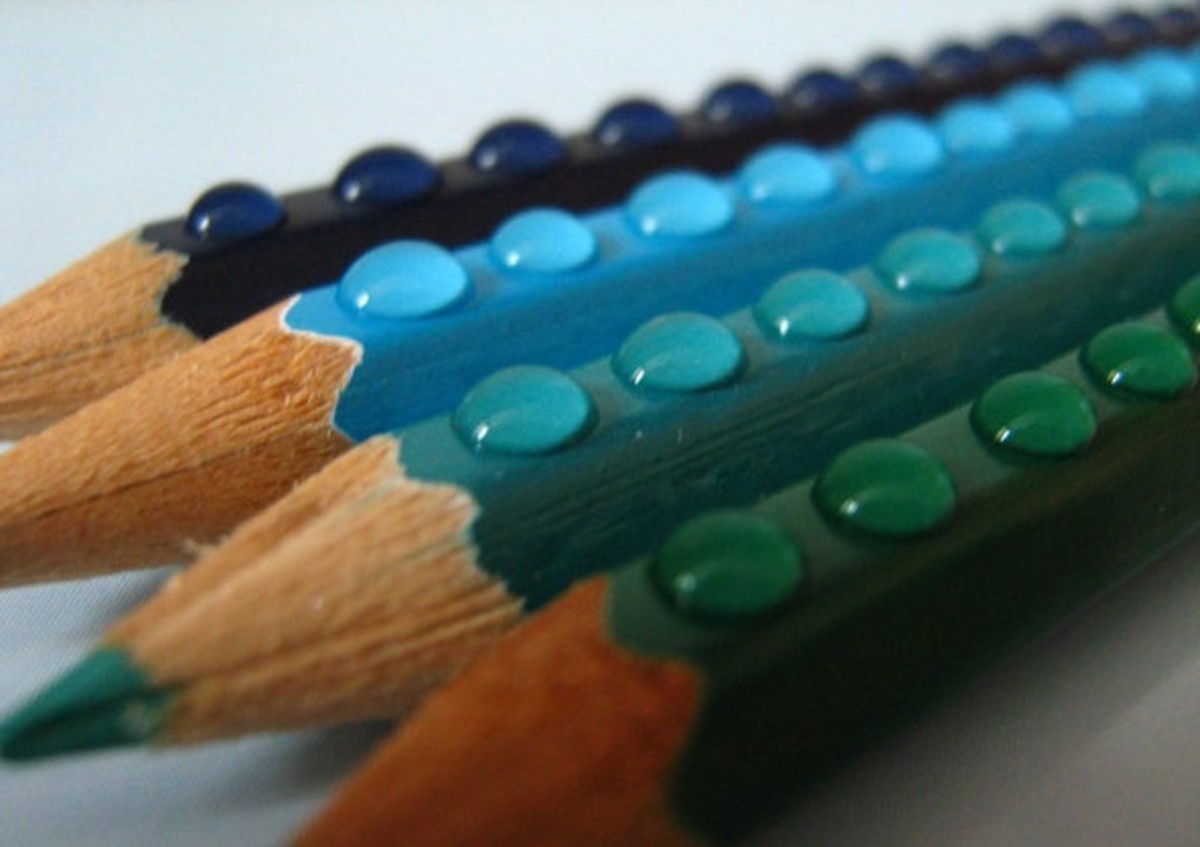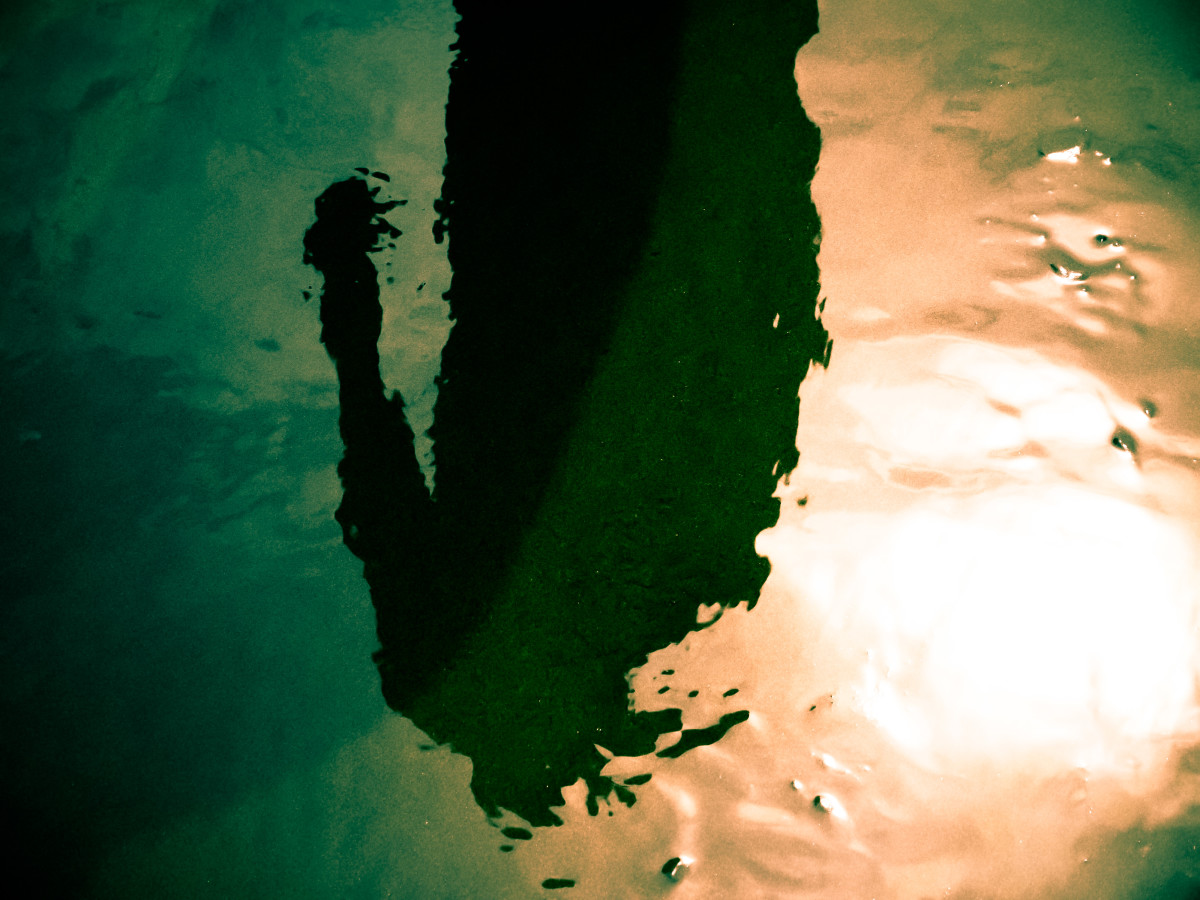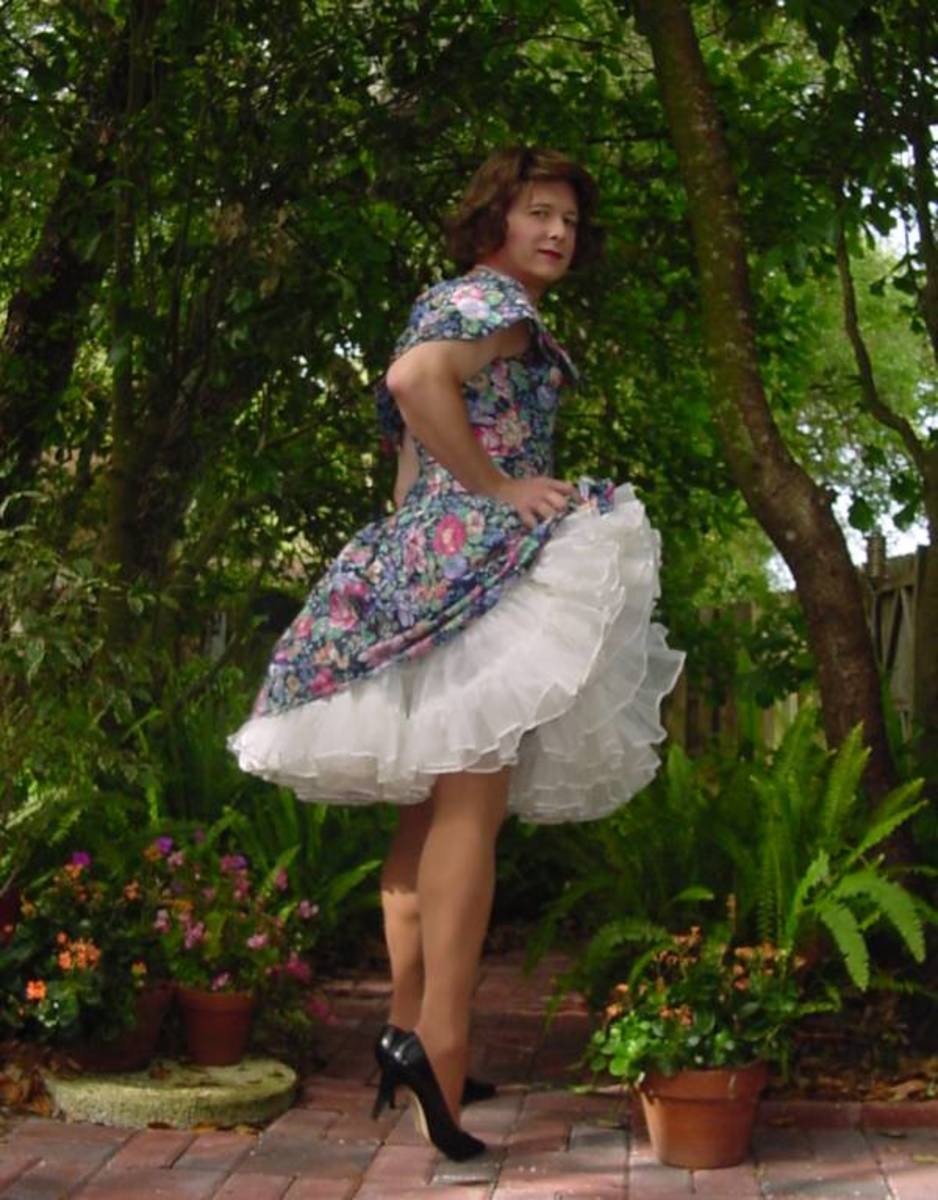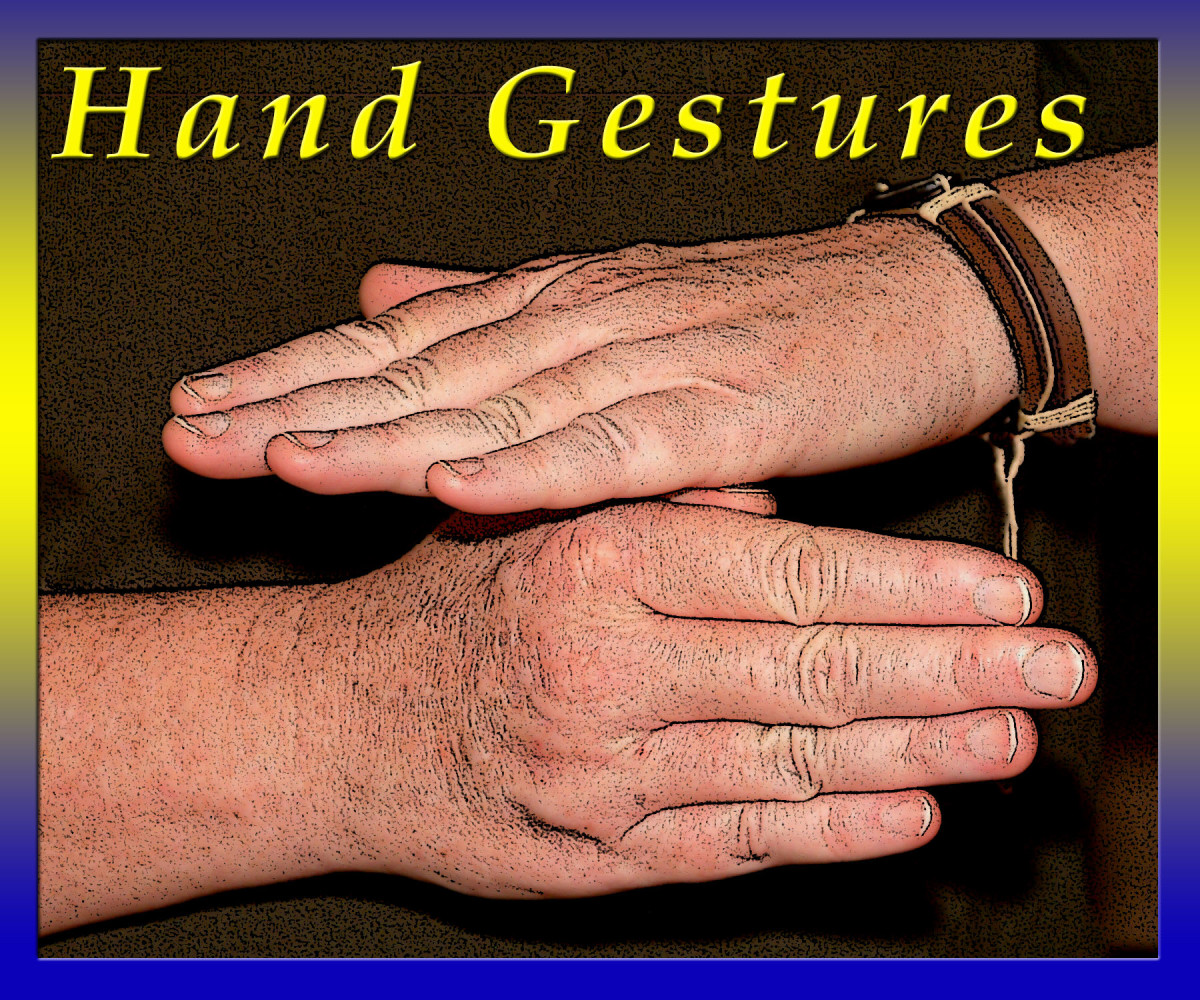How to Use a Photographic GOBO

A gobo (or GOBO) derived from "Go Between" or "Goes Before Optics" is a physical template slotted inside, or placed in front of, a lighting source, used to control the shape of emitted light.
In the design of an artificial environment in which lighting instruments are used, it is sometimes desirable to manipulate the shape of the light which is cast over a space or object. To do so, a piece of metal with patterned holes through which light passes is placed in the beam of light to allow only the desired "shape" or pattern through, while blocking the rest of the light, casting a specific shadow/light into the space.
Though the term "gobo" has come to generally refer to any device which produces patterns of light and shadow or various pieces of equipment that go before a light. Wikipedia
One of the hardest aspect of photography, especially when doing portraits whether of one individual or of groups is how to add a third dimension to basically a two dimensional medium.
This is done by creating shadows and highlights. In essence it means that you have to purposely eliminate light from falling on the subjects.
This sounds contradictory to the majority of photographic advice that you have read about or been told since you started into photography. After all, light is what allows photography to exist.
Without light there is no photography. So how could one advise about purposely keeping light away from the subject?
Many photographers actually use a fill in flash unit to fill in shadows but it can also be used to create shadows.
The problem with this technique is that most often than not the shadows created this way seem to make the subject look un-natural (too bright for the situation).
In the movie industry there is a simple tool often called a GOBO (short for go between). This device which is nothing more than a large opaque (usually black) card which is placed at a desired angle to the light and the subject. Learning how to use a photographic GOBO should help you take better photos.
In many other instances you can use a natural GOBO to achieve the same effect. These can often be trees, buildings or other man-made or natural structures.
The object is to eliminate natural ambient light from "washing out" subtle features on a subject, and these are usually around the face area.
If your subject is in an open area and light falls on both sides of it (especially the face) plus the backdrop is also receiving a strong light, it tends to create what is generally called in the business as flat light and it can be un-flattering. Why? Because the features on the subject are the same brightness as everything else around it. Using a GOBO creates contrast.
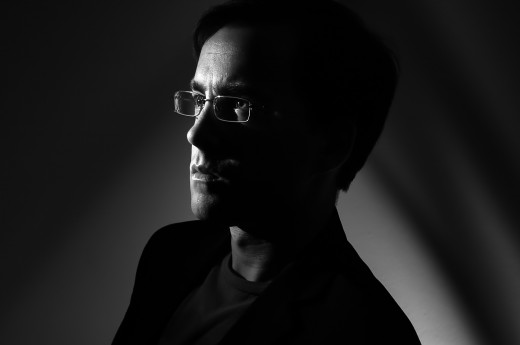
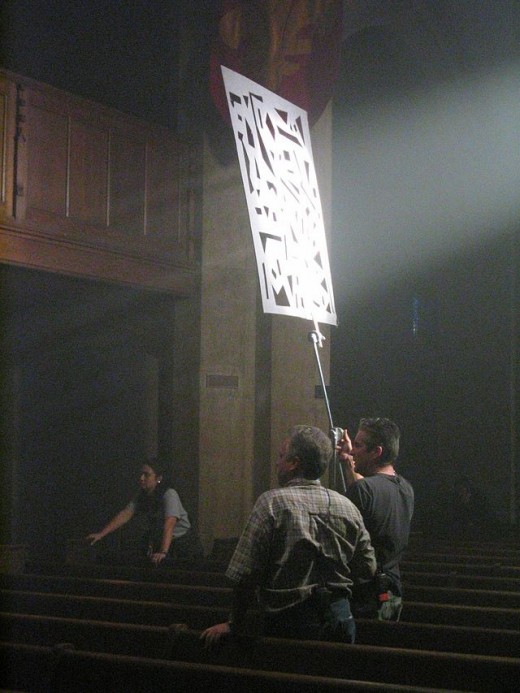
The GOBOS are usually placed to one side of the subject or right above it. Regardless, it is most always placed at a certain angle and because the photographer can immediately judge the effect, the GOBO can be moved and adjusted accordingly.
Care however must be taken not to overdo the use of this tool. The shadows created by its use should be subtle not harsh.
The tool should not be placed so close to the subject that it completely envelops it in its shadow. Everything should be done with subtlety and with moderation.
Another good thing about GOBOS is that because they are such a simple tool (unless you are using a black opaque umbrella) one person can hold it and moved around at will. They are basically a reflector in the opposite.
For large GOBOS like large umbrellas, you can attach them to a stand. Makes them less mobile but just as effective.
Did you understand how to use a bogo?
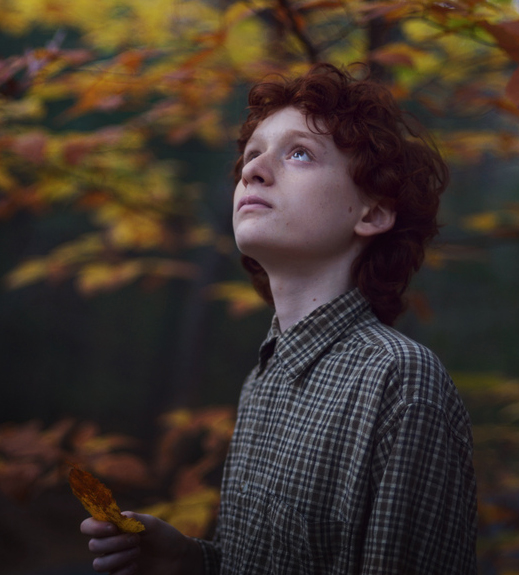
Another great use for GOBOS is to use one on which shapes/designs etc have been made.
These are mostly used to cast combinations of light and shadows in a particular design.
Mostly used for cinematographic productions, GOBOS have also found their way into photographic applications.
The variation is that for film productions GOBOS are mostly to cast shadows that have a design while in photography although sometimes the same way, they are very useful in reducing light.
Whether you use them to create designs or whether you use them to subtract light, they can be a great asset to have in your arsenal of photographic gear.
They key is to know when to use them, when not to use them and how to use them appropriately.
Also important is when to recognize naturally or man made elements that can be utilized as a GOBO.
A good example would be posing a group of people in an open field with a backdrop of tress. Without a GOBO, the sunlight will reflect equally and the subjects as well as the trees will show the same or very similar degree of illumination, thus lessening the contrast.
By positioning a GOBO between the sunlight and the group you accentuate contrast in the group's features yet allow the ambient light to fall on the backdrop of trees which makes them seem brighter but not so much as to overpower the main subjects, in this case the group of people.
This will not work properly if the GOBO is not positioned properly so practice often and judge the effects carefully.
Here is the rule of thumb for properly using a GOBO;
The longer or greater the distance between your GOBO and the light source the greater likelihood that the shadows will become harsher.
As for distance between the subject and the GOBO, the opposite holds true, the shadows will become harsher the shorter the distance between subject and GOBO.
The best combination is to have the GOBO far from the light source and close to the subject but experiment to see which combination/distances work best and fit the purpose better.
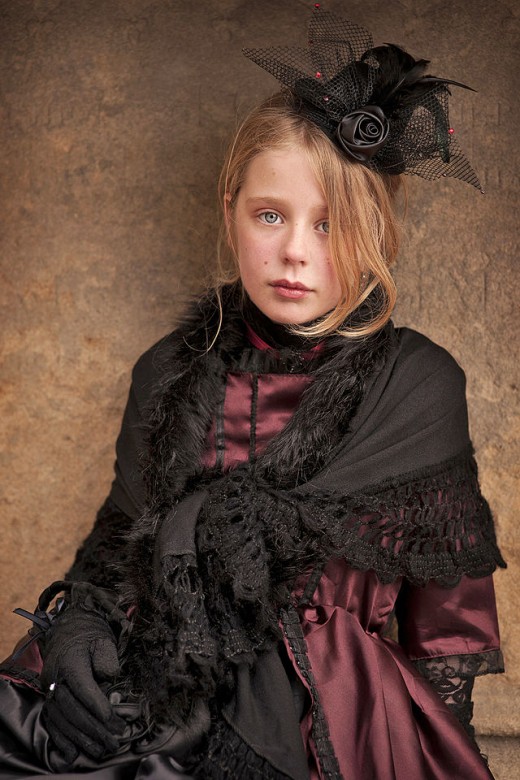
- Using Gobos To Create Dramatic Lighting - Digital Photography School
Gobos are templates that go in front of your light source (“Goes Between” your light source and the subject) that have patterns cut out that control the shape of the light. They can help add mood, create the idea of a setting or context, and add in
© 2014 Luis E Gonzalez




